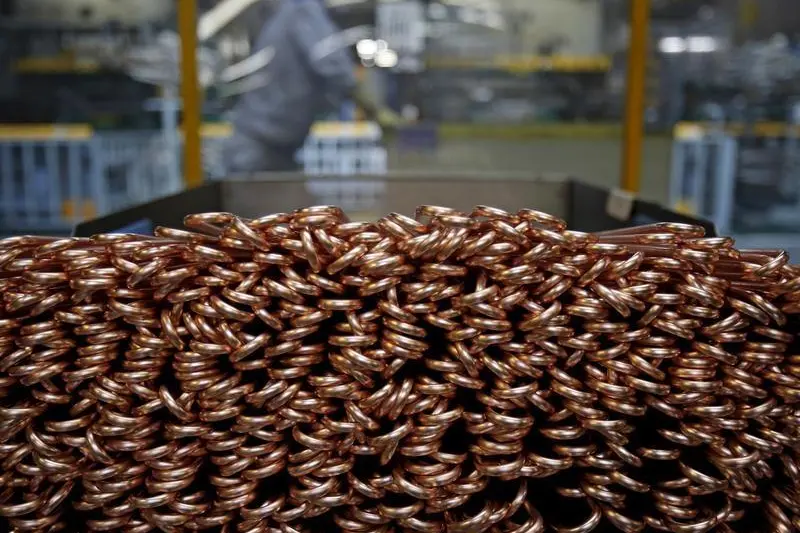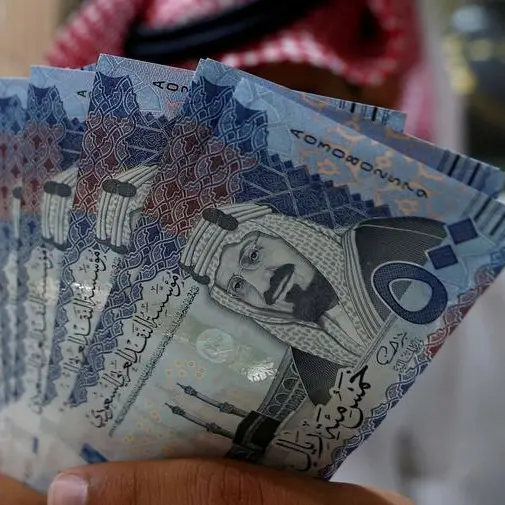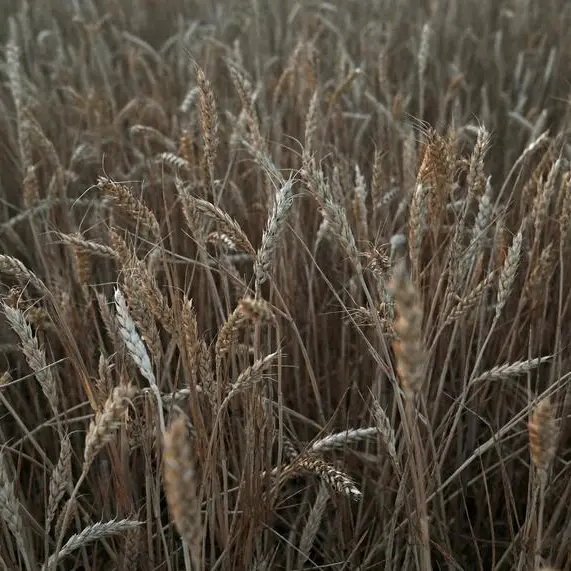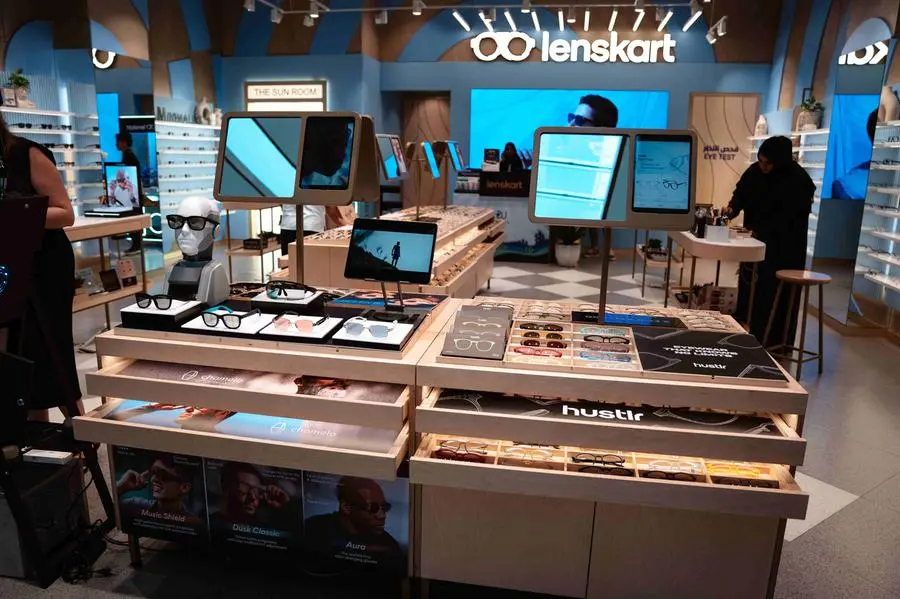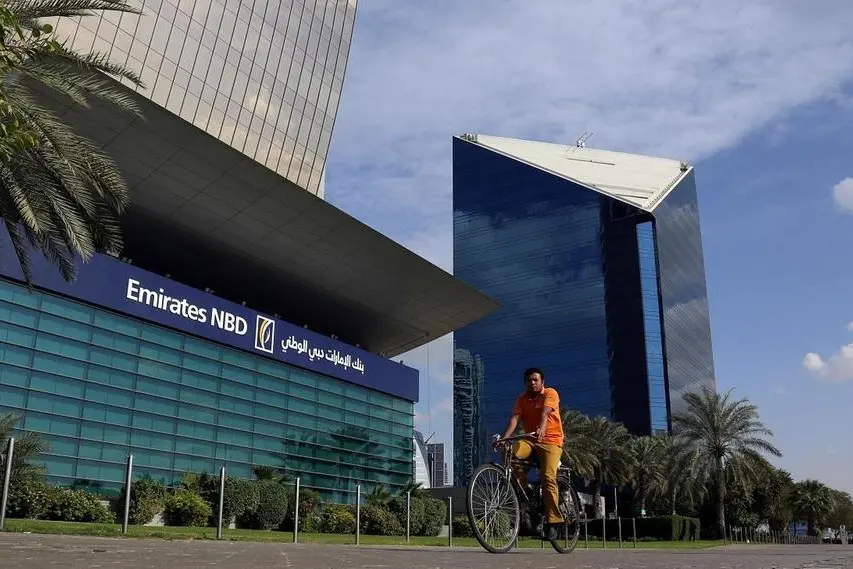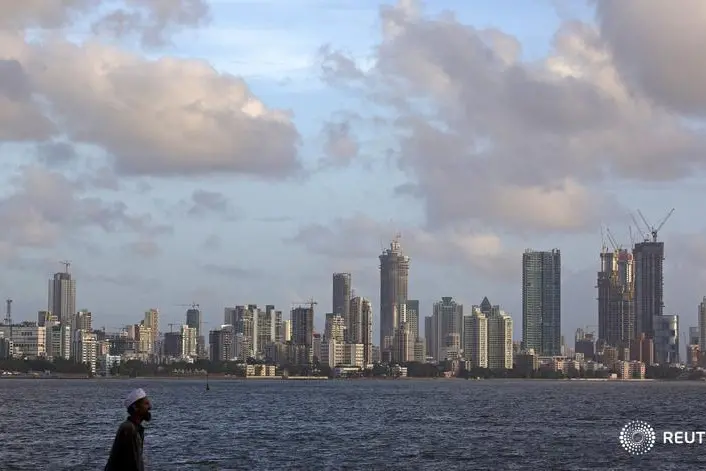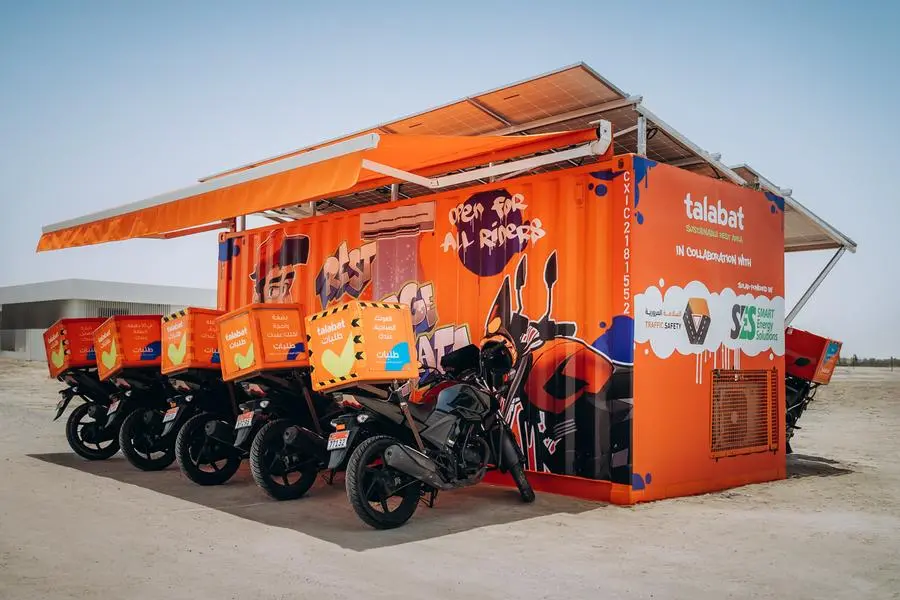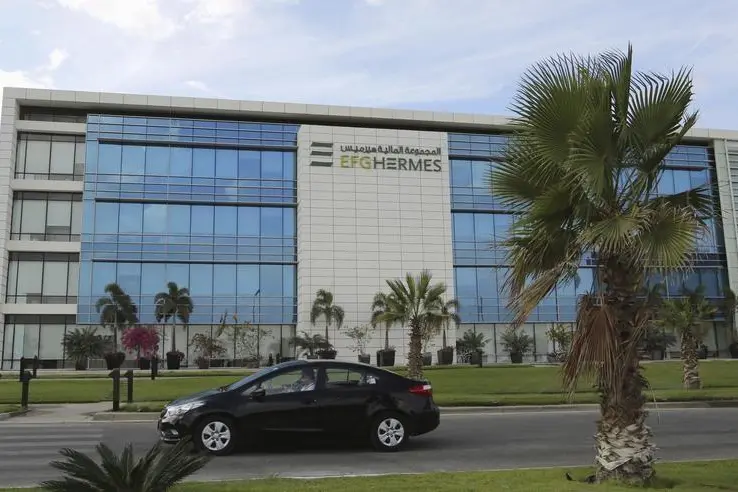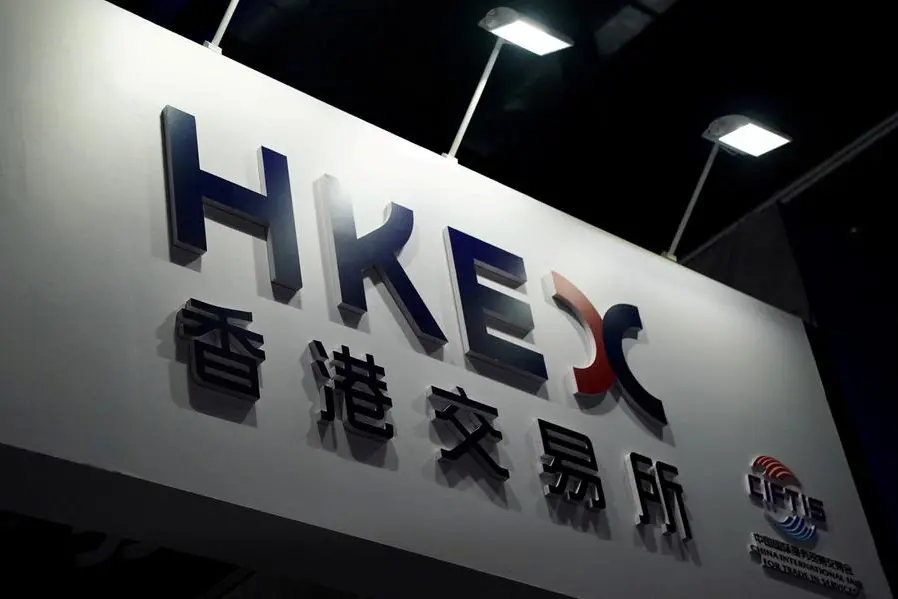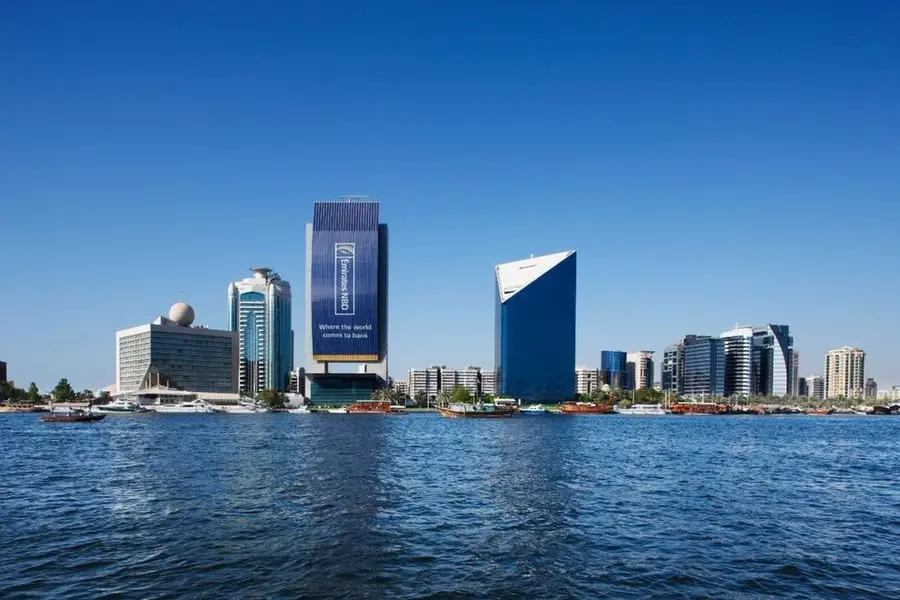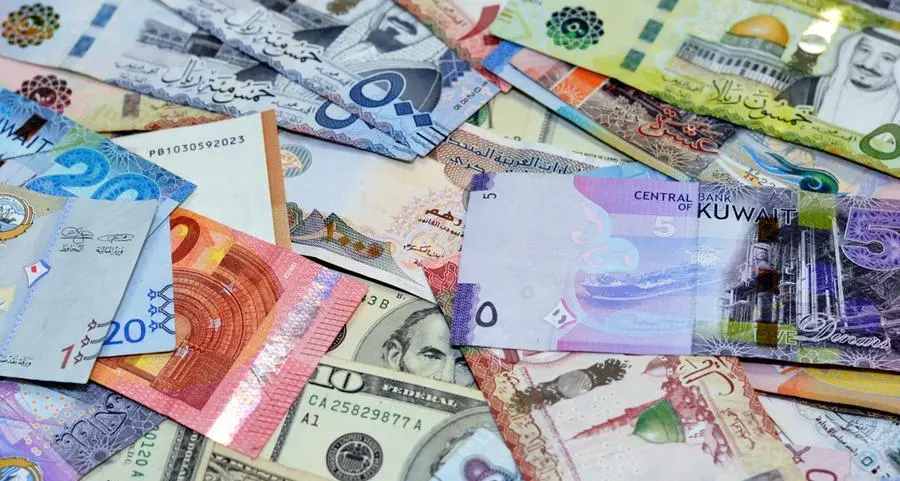PHOTO
05 July 2015
MUSCAT: Savannah Resources Plc said it has identified a number of potential clusters of Volcanic Massive Sulphides (VMS) in the strongly mineralised Semail Ophiolite in northern Oman. While announcing the massive sulphide copper targets, Savannah's CEO, David Archer said, "these early results underscore Savannah's strategy that through the application of systematic exploration an excellent opportunity exists in Oman to build a significant mid-tier copper producer, utilising a central processing facility to support the development of a set of satellite deposits."
A Versatile Time Domain Electromagnetic (VTEM) survey was completed over Block 4 using 100m spaced survey lines running from east to west, for a total of 3,727 survey line kilometres covering an area of 336 square kilometres.
"We see this as a significant opportunity to quickly build on the existing 1.7Mt at 2.2 per cent copper Mineral Resource base we have in Oman," Archer said.
The VTEM survey system is very much like an airborne metal detector where the VTEM loop sends down a "ping", and if it goes over a conductive zone of copper mineralisation, we can detect an echo using sensitive computerised detectors.
The VTEM survey system has the ability to detect massive to semi-massive copper mineralisation from surface to a depth of up to 200 metres.
Archer said, "The VTEM survey over Block 4 has allowed us to dramatically shorten the process of identifying high priority massive sulphide copper targets, both brownfield and greenfield. We have moved much closer to our objective of discovering copper orebodies which, either in aggregate or individually, can be mined in this very favourable infrastructure setting.
According to report, the explorer has also raised £0.55 million to start work on a resource definition and scoping study at the Mutamba/Jangamo mineral sands joint venture with Rio Tinto in Mozambique.
Archer said: "Block 4 provides Savannah with a rare opportunity to apply proven VTEM technology to a strongly mineralised, underexplored area in the heart of the most prolific copper production area in Oman and in one of the most mineralised ophiolite belts in the world. "
The Block 4 area has been a prolific producer of copper from both open-cut and underground mines at Aarja, Bayda, Lasail and Lasail West with reported contained copper, both mined and unmined, of approximately 238,840 tonnes.
In Oman, ten Priority 1 and 33 Priority 2 VTEM anomalies were identified from the metal detection survey, with three major potential volcanic massive sulphide clusters defined.
"A string of strong, Priority 1 VTEM anomaly responses were identified around the Lasail VMS deposit, while more priority targets are clustered around the old copper mines at Aarja and Bayda and further south in the greenfields Zuha area," Archer said.
MUSCAT: Savannah Resources Plc said it has identified a number of potential clusters of Volcanic Massive Sulphides (VMS) in the strongly mineralised Semail Ophiolite in northern Oman. While announcing the massive sulphide copper targets, Savannah's CEO, David Archer said, "these early results underscore Savannah's strategy that through the application of systematic exploration an excellent opportunity exists in Oman to build a significant mid-tier copper producer, utilising a central processing facility to support the development of a set of satellite deposits."
A Versatile Time Domain Electromagnetic (VTEM) survey was completed over Block 4 using 100m spaced survey lines running from east to west, for a total of 3,727 survey line kilometres covering an area of 336 square kilometres.
"We see this as a significant opportunity to quickly build on the existing 1.7Mt at 2.2 per cent copper Mineral Resource base we have in Oman," Archer said.
The VTEM survey system is very much like an airborne metal detector where the VTEM loop sends down a "ping", and if it goes over a conductive zone of copper mineralisation, we can detect an echo using sensitive computerised detectors.
The VTEM survey system has the ability to detect massive to semi-massive copper mineralisation from surface to a depth of up to 200 metres.
Archer said, "The VTEM survey over Block 4 has allowed us to dramatically shorten the process of identifying high priority massive sulphide copper targets, both brownfield and greenfield. We have moved much closer to our objective of discovering copper orebodies which, either in aggregate or individually, can be mined in this very favourable infrastructure setting.
According to report, the explorer has also raised £0.55 million to start work on a resource definition and scoping study at the Mutamba/Jangamo mineral sands joint venture with Rio Tinto in Mozambique.
Archer said: "Block 4 provides Savannah with a rare opportunity to apply proven VTEM technology to a strongly mineralised, underexplored area in the heart of the most prolific copper production area in Oman and in one of the most mineralised ophiolite belts in the world. "
The Block 4 area has been a prolific producer of copper from both open-cut and underground mines at Aarja, Bayda, Lasail and Lasail West with reported contained copper, both mined and unmined, of approximately 238,840 tonnes.
In Oman, ten Priority 1 and 33 Priority 2 VTEM anomalies were identified from the metal detection survey, with three major potential volcanic massive sulphide clusters defined.
"A string of strong, Priority 1 VTEM anomaly responses were identified around the Lasail VMS deposit, while more priority targets are clustered around the old copper mines at Aarja and Bayda and further south in the greenfields Zuha area," Archer said.
© Oman Daily Observer 2015
